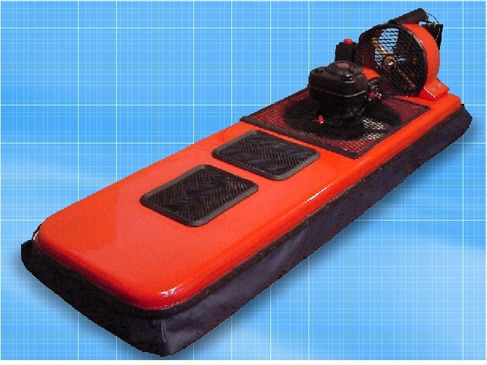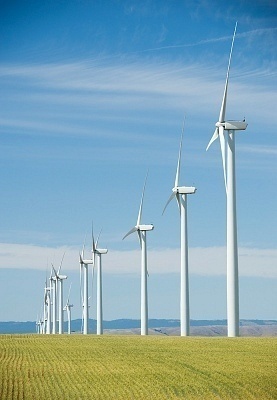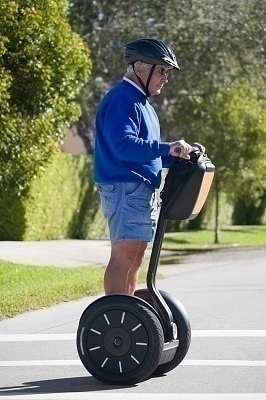Hoverboards in movies are fictional, but there are actual hoverboards — though they are not the size of a skateboard. Hoverboards are simple contraptions that allow the user to travel without parts that would roll over the ground.
Hoverboards are an offshoot of the hovercraft. The hovercraft (also known as air-cushion vehicle or ACV) is a vehicle that has been configured to allow travel over land and water. The mechanism of a hovercraft (and the hoverboard, too) is pretty simple. One uses engines to pump air beneath a vehicle. This will create an ‘air cushion’ which will lift the vehicle and make it hover or float.
The Development of Hovercraft
The hovercraft was invented in 1958 by Sir Christopher Cockerell, a British engineer who developed the principles for the first working and operational hovercraft. He used two cans (one smaller than the other; the smaller can was placed within the larger can), an industrial air blower and a pair of kitchen scales to measure the weight that the contraption could carry. Sir Christopher showed that if air could be pumped into a narrow tunnel around the perimeter of a vehicle, it would create an effective air cushion that would allow the vehicle to ‘hover.’
Although air cushion vehicles had been in development for some time, Sir Christopher’s invention was the first such practical and workable machine. In fact, the term ‘hovercraft’ was patented by Sir Christopher, until he generously gave it over to the public domain. His original invention was further improved with the addition of flexible rubber ‘skirts’ to contain the air cushion. This development solved various issues, and led to the commercialization of the concept.
Hovercrafts have been in service for years, most notably in transporting passengers and vehicles between England and France as well as for military applications such as the US Marines’ Landing Craft Air Cushion or LCACs.
“Real” Hoverboards
The hoverboards are 3-4 feet plywood boards with a plastic sheet used as a skirt to contain the air cushion. A lawn or leaf blower is used as the engine that creates the air cushion.
Hoverboards have been around for years as a high school science experiment to illustrate the principles of air cushion effects. The Physics Teacher magazine had an article on the construction of a hoverboard (called a Human Hockey Puck) around 1989 or 1990, and an article on the matter was posted on the Internet in 1997.
In 2000, at the Olympic Games in Sydney, Kevin Inkster unveiled the Airboard, the world’s first commercial hoverboard scooter. Although it functions like a conventional hovercraft, there are a few major differences. For one, its motor is not powerful enough to allow it to hover over water or non-solid surfaces. For another, it makes use of a friction drive wheel (which touches the ground) to provide acceleration when moving forward or backwards.
Skateboard-sized hoverboards that can drive over water are still some years away. In the meantime, the Airboard and homemade hoverboards would have to do.




Laura Anne Seabrook
“In 2000, at the Olympic Games in Atlanta, Kevin Kinster unveiled the Airboard, the world’s first commercial hoverboard scooter”
No offense, but in 2000 the Olympic Games were in SYDNEY.
Chris@Roarockit
Just watched Back to the Future II yesterday! haha … until hoverboards are fine tuned and readily available, I will continue to make my own skateboards and longboards!
marlon
@Danyell yes of course you can discuss this topic on your website.
omaratout
thats reallly cool id like to have one !!!!!!!!
Ben R.
There are alot of downsides with today’s air cushion hoverboards and hovercrafts. First of all they are not stable even if they’re hovering on a cushion of air so it’s hard to go forward, backup, turn left and right and stop which is why they’re not street legal, second the skirt that traps the air inside to make it low hover has a high risk of the skirt getting ripped by tree roots, sharp rocks, and other sharp objects on the ground, third it’s very loud and uses smelly gasoline. Just so you know air cushion hoverboards, hovercrafts are not the way of the future and they’ll be replaced by self magnetic hoverpads which are quieter have better control and no air skirt required and can lift heavy objects like cars and boards off the ground.